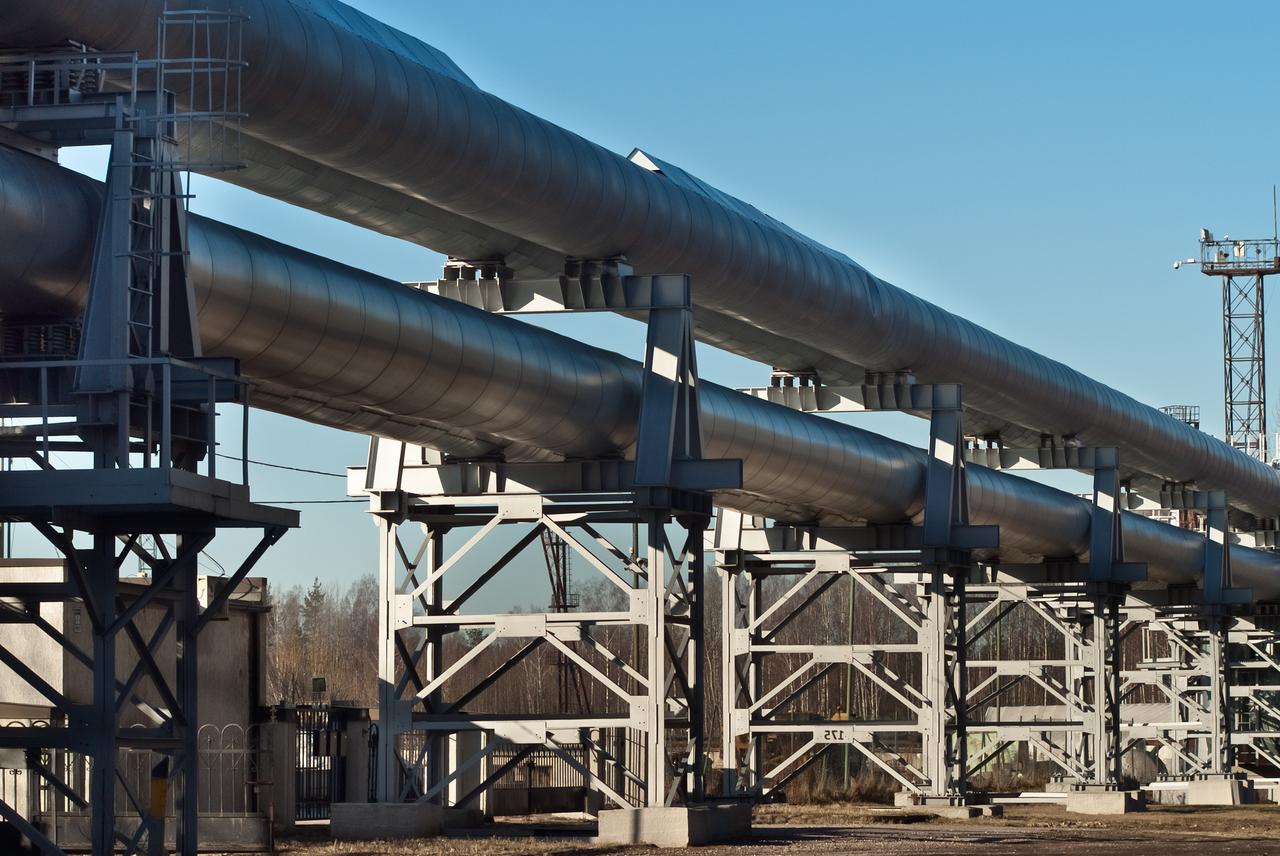
The International Energy Agency (IEA) has lowered its forecast for global oil demand growth in 2025 to 720,000 barrels per day, citing weaker consumption in the world’s largest economies due to declining industrial activity and a growing shift toward cleaner energy alternatives.
Global oil demand is now expected to reach 103.76 million barrels per day (bpd) in 2025, reflecting a modest upward trend compared to last year but falling short of earlier projections.
The revised figure represents a slight downgrade of approximately 21,000 bpd from last month’s estimate, mainly due to subdued demand in the United States and China.
Within this outlook, demand in OECD countries is forecast to decline by 100,000 bpd, while non-OECD countries are set to contribute an increase of 820,000 bpd.
On the supply side, global oil production rose by 320,000 bpd in May to 104.96 million bpd. OPEC crude output increased by 250,000 bpd to 27.76 million bpd, while non-OPEC production climbed by 70,000 bpd to 71.57 million bpd.
This growth was shared evenly between OPEC+ members and producers outside the group, as several countries began easing voluntary production cuts.

Looking ahead, the IEA’s Oil 2025 report projects that global oil demand will rise to 105.5 million barrels per day (bpd) by 2030, marking an increase of just 2.5 million bpd over the six years from 2024, a notable slowdown compared to previous decades.
While annual demand is expected to grow by around 700,000 bpd in 2025 and 2026, the pace is projected to taper off significantly in the following years. By 2030, total demand is forecast to decline slightly, marking the first annual drop since the COVID-19 pandemic in 2020.
Several factors are driving this trend. Global economic growth is expected to remain below its long-term potential, while widespread adoption of electric vehicles (EVs), increased use of liquefied natural gas (LNG) in freight, and reduced reliance on oil for electricity generation are reshaping energy consumption patterns.
The IEA estimates EV sales will exceed 20 million in 2025, representing a quarter of new vehicle purchases. By the end of the decade, this shift alone could eliminate 5.4 million bpd of oil demand.

The slowdown is especially visible in major markets. U.S. oil demand is projected to peak this year and begin declining in 2026.
In China, consumption is expected to reach its highest level in 2028, then gradually fall as cleaner transport technologies expand. Demand in the Middle East is forecast to peak in 2027, with Saudi Arabia posting the largest national decline by 2030 as it replaces oil with gas and renewables in electricity production.
Fatih Birol, Executive Director of the IEA, emphasized the shift in dynamics: “Over the past decade, the U.S. shale revolution accounted for 90% of global supply growth, while China drove 60% of demand increases. But these forces are now changing.”

After 2026, the petrochemical sector will become the leading driver of oil demand growth, accounting for one-sixth of global consumption by 2030. However, when feedstocks and biofuels are excluded, fuel-based demand could peak as early as 2027. Jet fuel remains one of the few categories where demand is still expected to grow.
Demand for refined petroleum products is projected to peak at 86.3 million bpd in 2027, only slightly above 2024 levels. With refining capacity expected to outpace demand through the decade, the IEA warns that some facilities may need to shut down.
Despite the cooling demand outlook, global oil production capacity is projected to rise significantly. Led by the United States and Saudi Arabia, capacity is expected to increase by 5.1 million bpd by 2030, reaching 114.7 million bpd—well above projected demand.
Birol underlined that while supply appears sufficient, geopolitical risks still pose challenges. “There is no room for complacency when it comes to energy security,” he said, stressing the IEA’s commitment to maintaining strong cooperation with both producing and consuming nations.